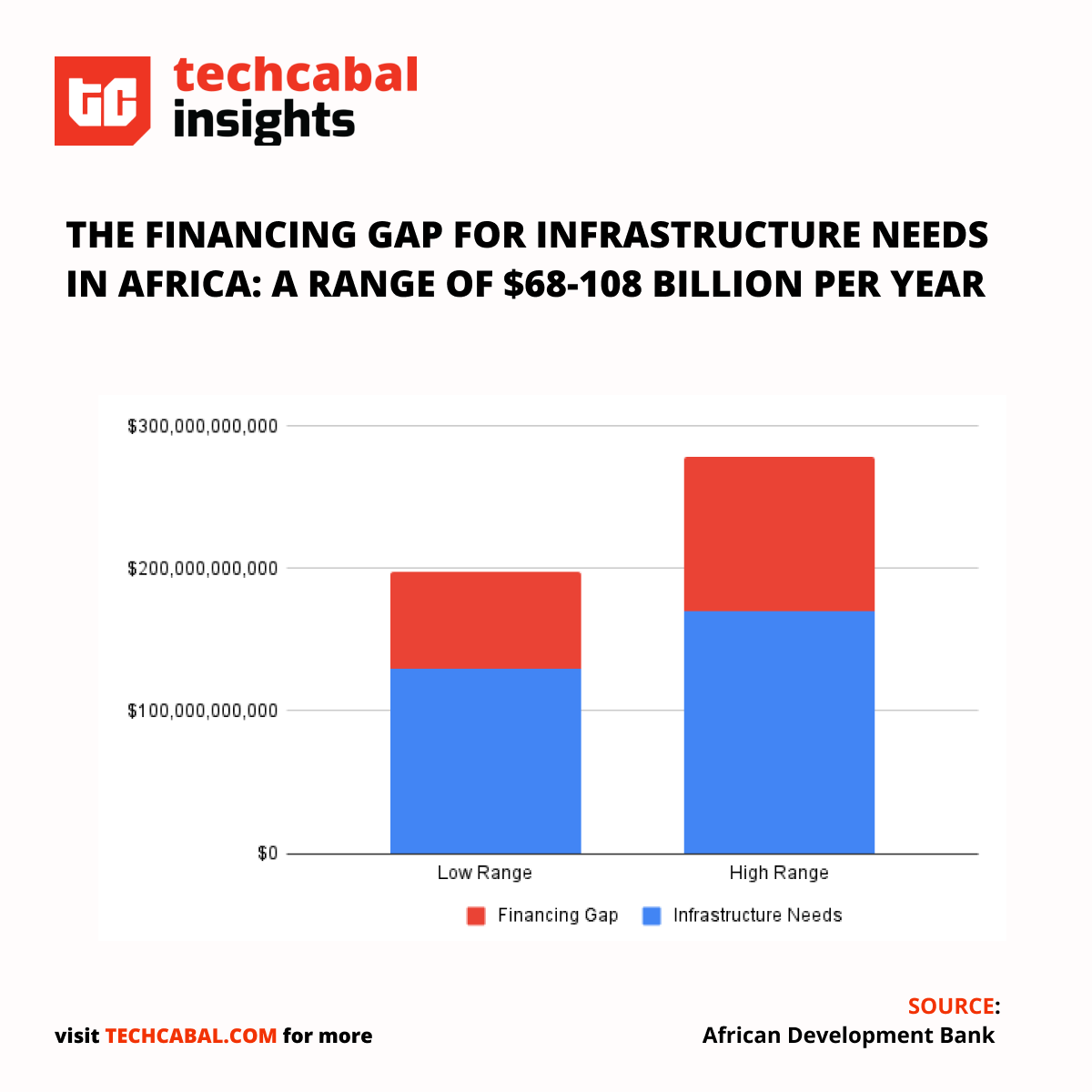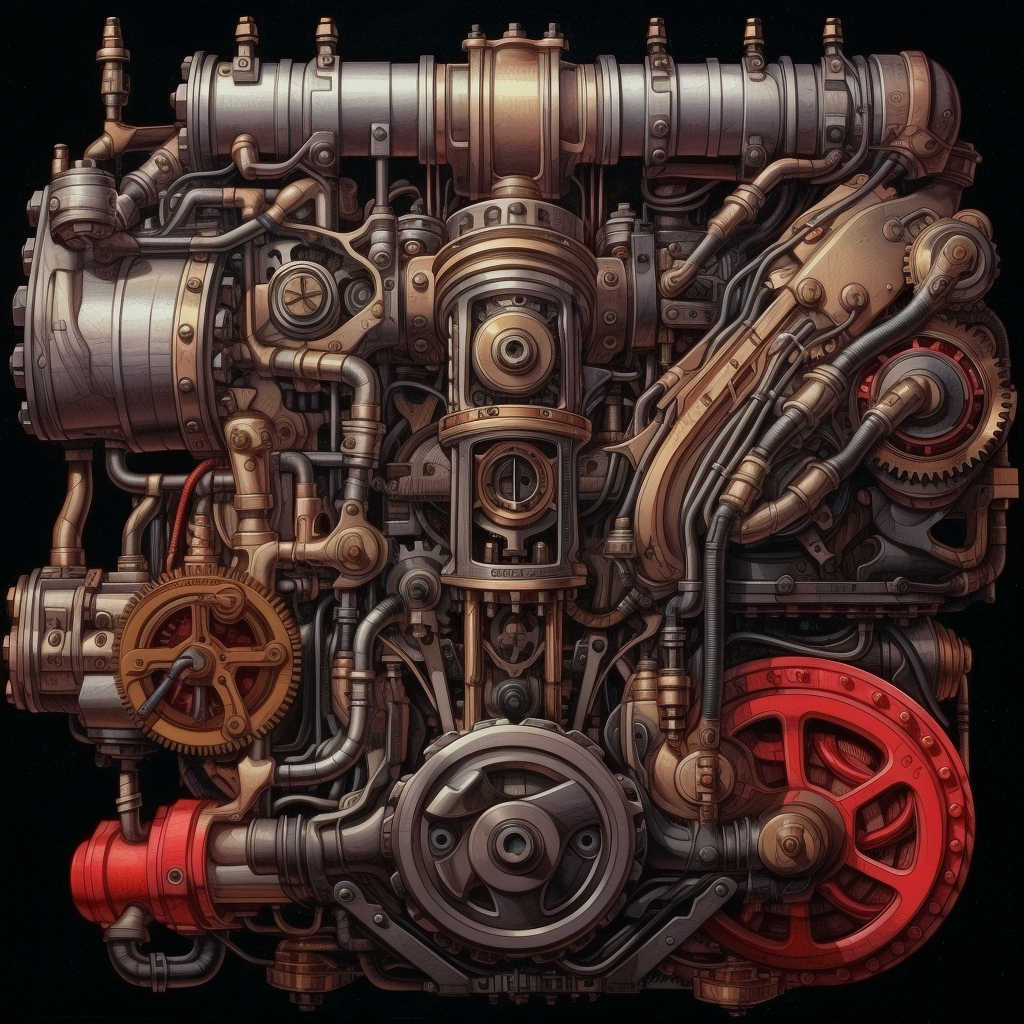
Roads, power, rail and agriculture input do not sound like components of digital innovation, but as I have sought to establish previously on Next Wave, a digital economy is unreservedly physical.
This is the last essay in my four-part review series based on selected episodes from Season 1 of the Next Wave show. This week, I am listening to episode 8, a conversation between Tomiwa Aladekomo, Big Cabal Media’s chief executive, Andrew Mori, CEO of Deimos, a software company, and Clément Martineau, co-founder and operations director at IXAfrica Data Centre. The topic is centred around digital infrastructure (watch here). But for this essay, we’ll look away from digital infrastructure for a bit.
All digital processes seek to produce a physical change in how people live by influencing inanimate objects and human behaviour. So, until a piece of technology produces an effect on something material (other than the atoms that make up technology itself) the chain is incomplete. Right?
As a journalist covering the business of technology in Africa, I hear about (and use) digital innovation a lot, perhaps too much. Even though I understand the appeal and potential of digital technologies, I cannot help feeling occasionally like it is a copout for our failures at getting the basics of a modern economy right. It is not rocket that the non-digital aspects of living and working in Africa are more important than we often give them credit for. At one level, especially for those of us for whom Africa has been home since we were born, it’s easy to not even see these non–digital spaces (or the effect of the lack thereof). So we attempt to replace these gaps with street smarts (which are important, don’t get me wrong). But there is only so much street smart that can get your fresh fish through markets, or your beautiful software into corporate systems. Very quickly we find that innovation, even the digital version, needs feet to stand on. To get over the artificial limits imposed by having no feet, or two left feet (having too much of one good thing), we will need…
Roads, power, rail and agriculture input
Roads (especially), power, and things like fertiliser subsidies have been held over the heads of the voting populations of Africa by politicians. All three have also received huge financing commitments and fat allocations from government revenue, development partners, and other lenders. Despite this, the African Development Bank suggests that the continent’s infrastructure needs amount to $130–170 billion a year, with a financing gap in the range $68–$108 billion. Knowing African governments, I believe it is safe to say that these figures could have been several times lesser, but that in fact, they may end up several times more expensive than estimated.

A long way to go to meet adequate infrastructure needs. | Chart by: Tomisin Bamidele – TechCabal Insights.
There’s really nothing more to add to the well-established conversation that we cannot “startup” or digitise our way out of the rut other than to say that there is an unyielding limit beyond which the infrastructure needs of the continent cannot be leapfrogged.
Take the growth of African cities as one example. Lagos, Africa’s most populated city, consistently ranks in the low rungs of liveability indexes. In 2021, it was ranked last infrastructure-wise in a list produced by The Economist’s intelligence unit (EIU). But the city won’t stop growing in population. By 2035, the UN projects it will be home to close to 25 million people—the largest population centre in an emerging megapolis that could house as many as 51 million people on the West African coast.
How will Lagos keep up? How will any other city in Africa (the continent may double its population by mid-century) keep up? Only a little over 70 years ago, Africa accounted for only 10% of the global population, now the continent is hurtling towards 25% (mid-century) or as much as 40% (by the 2100s) of people on earth. Smart cities built around technology alone are an inadequate solution for managing this growth.
There’s no order to this list (road, power, rail and agricultural input). And the list is frankly not exhaustive. But, as a general guide, it provides a sufficient overview of the very material aspects of our lives that need to be transformed in an equally material way if our digital economy experiment will not falter and return to stagnation.
But the seemingly apparent failure of investment in infrastructure translating into economic development has led experts like David Ndii, chairman of Kenya’s presidential economic advisory council and founder of Kenya’s first economic think-tank, the Institute of Economic Affairs, to call for the model to be revisited in favour of an agriculture-led model. “African policymakers should embrace a more pragmatic economic agenda that recognises and capitalises on Africa’s comparative edge: a greater abundance of land rather than low-cost labour,” the professor argued.
But Ndii’s argument would carry better weight if we could demonstrate that agricultural efficiency only ended at improved productivity and better yields. Improved productivity for smallholder farmers may not be economically sound if they can only sell locally because they are limited in market access. Similarly agricultural improvements at a national level will be limited in impact if excess yield has little to no access to markets because roads are poor and seaports are inefficient. There are no easy answers. In my book, agricultural input includes offtake capacity, quality management, logistics, processing and retail value. All of this requires different forms of infrastructure to be efficient and cost-effective.
In short, agricultural input is, in fact, infrastructure itself. Meeting the infrastructure needs of Africa is not a contest between investing in agriculture versus roads or ports. And a digital economy will be a severely stunted apparition if it existed only as mobile apps for paying for goods and services. Because that is perhaps the only thing that you don’t need to have roads, rail and agricultural input for.
It will still need power, though.
People, people, people
People are an inevitable part of this story. The reason is obviously because it is people who will use (or not use) digital technology in their daily lives. But a second and a bit more obscure reason why people are a strong part of this story is that it is people who will determine whether a digital economy, digital infrastructure, physical infrastructure, or anything else for that matter gets built!
And Africa is severely lacking in the talent we need for this to happen. We are also facing high rates of unemployment, even as a growing number of qualified people move out of the continent. Justin Norman has an interesting series that is worth listening to (linked here). The question of what to do about the jobs question is not an enjoyable cocktail. But, my friends, these ought to be part of the questions that habit our waking hours.
If you missed the 5G conversation on the Next Wave show, you can rewatch and subscribe to catch new episodes. Click here to watch
We’d love to hear from you
Psst! Down here!
Thanks for reading The Next Wave. Subscribe here for free to get fresh perspectives on the progress of digital innovation in Africa every Sunday.
Please share today’s edition with your network on WhatsApp, Telegram and other platforms, and feel free to send a reply to let us know if you enjoyed this essay
Subscribe to our TC Daily newsletter to receive all the technology and business stories you need each weekday at 7 AM (WAT).
Follow TechCabal on Twitter, Instagram, Facebook, and LinkedIn to stay engaged in our real-time conversations on tech and innovation in Africa.

Abraham Augustine,
Senior Reporter, Business and Insights
TechCabal.




















